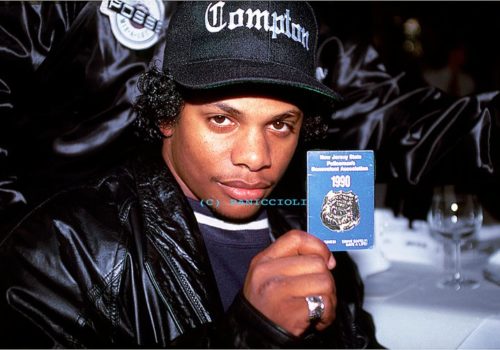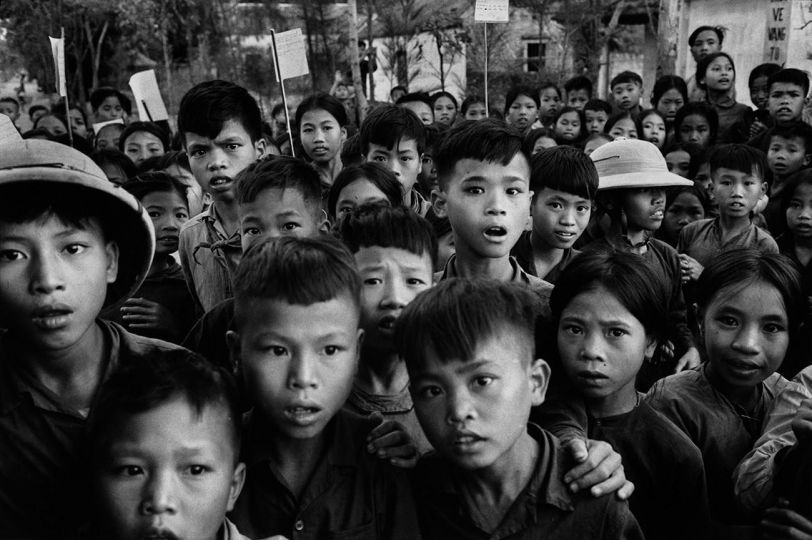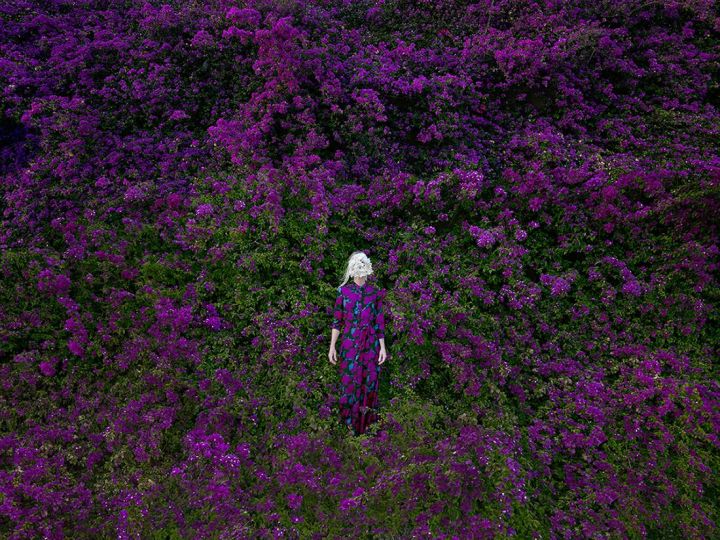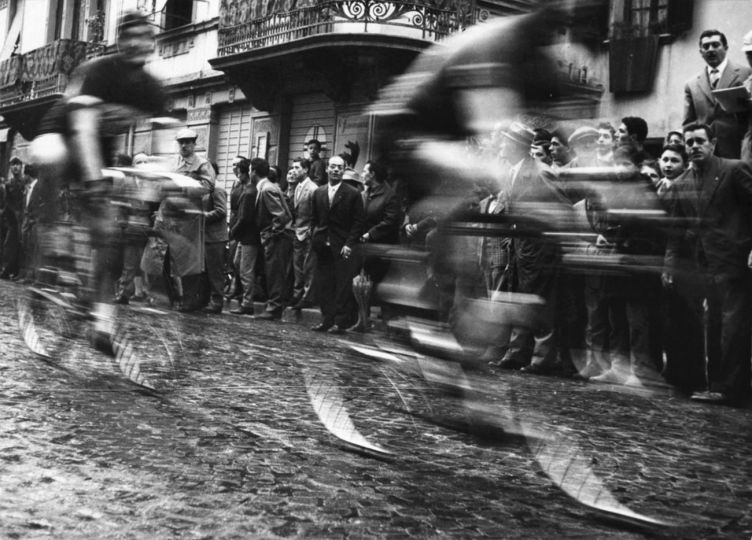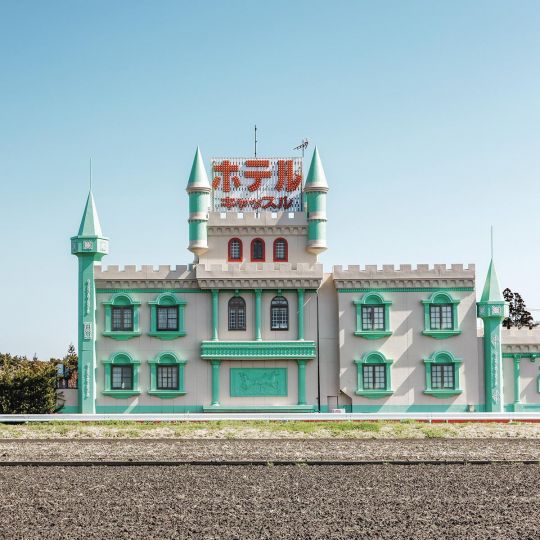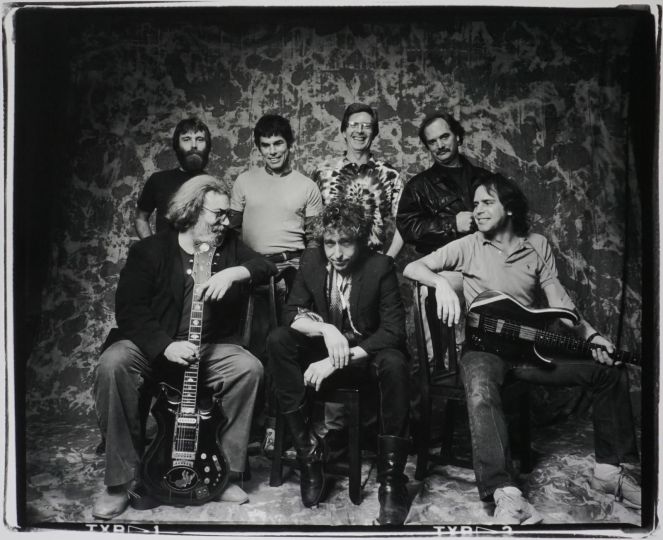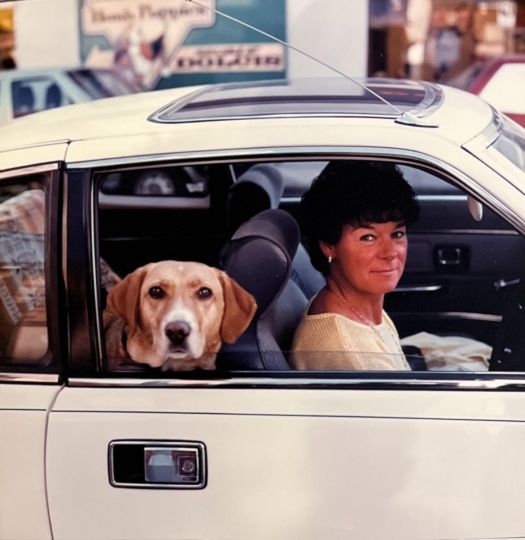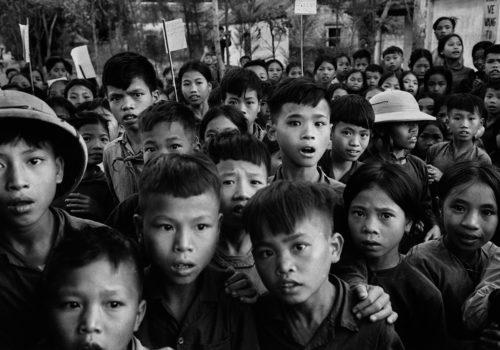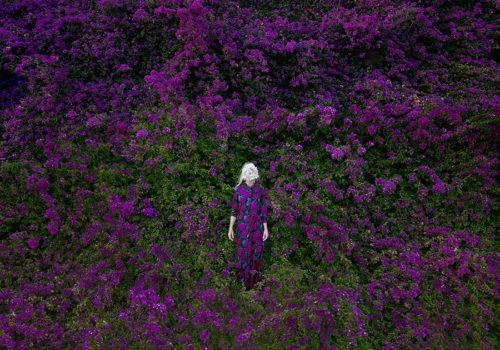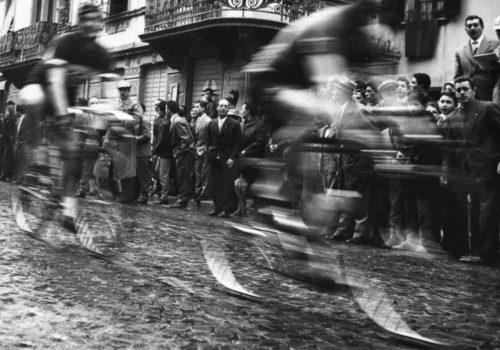Hip Hop is more than rap. Hip Hop is a culture of originality, talent, style, and skills founded by the people of New York City at a time when they had nothing else. It began with the DJ, and then the B-boy, and then the MC, and somewhere along the line, it claimed graffiti as its own. But Hip Hop is more than these four elements, Hip Hop is an art form that is uniquely American.
Hip Hop is about freedom of speech, freedom of the right to peacefully assemble. Hip Hop is about expressing the self to the world. Hip Hop is the place where style meets substance, where the power of the people goes beyond the music and translates into an art form all its own. Photographers who made their mark in Hip Hop are not always recognized beyond this world, despite the fact that they cannot be categorized as Hip Hop photographers. Artists in their true right defy labels—their purpose is to document, to communicate, to create conversation.
Joe Conzo and Ernie Paniccioli have been photographing Hip Hop since its earliest years. Conzo was the first Hip Hop photographer, documenting the scene in the Bronx in the 1970s. Paniccioli began shooting the scene in the 1970s, shooting graffiti artists as they became celebrities in a larger sense. But, as photographers, both have shot more than just Hip Hop. They are artists, documentarians, showing us the world in which we live. Yet what is remarkable is that they did not meet until this 2003.
They first met through Koe Rodriguez, who recalls, “Joe and Ernie are both visual pioneers and two dudes that I often see as bratty brothers. They met via a film project I conceived called ‘1 LOVE,’ which also included another great, my man, Jamel Shabazz. Joe & Ern became fast friends and could often be seen shooting a number of big events together. They’re both a piece of work, but really unique guys who I consider family and who I’ve had the pleasure of not only working with, but documenting our culture with as well.”
Conzo and Paniccioli have made names for themselves by maintaining the honor and nobility that Hip Hop represents. The true spirit of Hip Hop is not “get money” as the industry proclaims—it is about peace, love, unity, and having fun. It is about creating something out of nothing and making it powerful. It is about taking what we have to the next level.
From its earliest days in the parks and community centers up in the Bronx to its worldwide takeover as the predominant art form of the twenty-first century, Hip Hop has been a culture built upon respect. And the best way to earn respect has always been in battle, the battle of talent, style, and skills. Recently, Conzo and Paniccioli have done just that; they have transformed the platform of Facebook into a space for a brand new conversation.
Paniccioli describes the impact of the medium as nothing short of a global revolution, allowing him to connect to the world in a way as never before. “FB allows me to have a global audience. Digital Media is a 24/7 nearly worldwide audience that empowered revolutions in The Middle East and helped birth both the Arab Spring and the Occupy Wall Street movements. FB has connected me to organizations that brought me to the U.K., Brazil and several parts of Canada to show my award winning (Tribeca Film Festival Best Documentary 2007) film “The Other Side of Hip Hop” (www.ourgang62.com), to have gallery shows and to lecture on the history of Hip Hop and how to battle corporate control of Hip Hop art forms.”
Conzo has also discovered Facebook as a transformative medium, commenting, “Facebook is an awesome platform to reach the masses and it has become a place where I do a lot of my business. I have two thousand friends worldwide with whom I have a personal connection, whether I have met them face to face or not. Facebook is a great format. It has opened so many doors for contacts as far away as Bulgaria.”
The development of the medium happens organically, as the photographers have used it to not only share their work as well as develop an interactive community that extends beyond their professional work and touches upon the personal connection that they have with each other and with the people who love their work. Conzo observes, “My friendship with Ernie is based on love and respect. But Ernie is a cocky bastard so I love shooting him down once in awhile. The battles began after Ernie made a snide comment after he put up a photo of Charles Bronson; I told him ‘I’ve got Paul Newman to kick your ass.’
It was on. The battle began, and it drew members of the community in to share their comments in a way that no other medium or experience could support. Where else can people from around the globe have a conversation in real time, as well as be part of a conversation that includes Hip Hop luminaries such as Dana Dane, Sha Rock, and Paradise from X Clan? For many aficionados and fans, such an opportunity is a dream come true, to participate in a battle that is as much about talent and respect as it is good times.
As Paniccioli explains, “In order to battle me the person must bring several things to the table. They have to have been shooting at least half as long as me, which would be about 20 years for them. Second they have to have a love for what they do and have a decent street rep. Also they would have to have published a book or more, had major gallery exhibits and have shot more than just Hip Hop. I believe that ours was the first digital/social network Hip Hop battle and since I have 5000 FB friends and Joe has about 2000 we know it had a wide audience more than virtually any other format would have allowed.
“I knew I had to be on my ‘A’ game so I put up photos of Andy Warhol, Michael Jackson with Whitney, Elizabeth Taylor, Liza Minnelli and Yoko Ono all in one photo. Among the Hip Hop rarities were LL Cool J and Kool Moe Dee shaking hands and Real Roxanne with Roxanne Shante, which were two early, ugly beefs that spanned years. I also added Sinatra, the Dalai Lama, James Baldwin, JFK Jr., studio portraits of Julio Iglesias, Tupac hugging Lisa Lisa and kissing YoYo. Photos of me and Notorious Big, shots of Wu Tang Clan, Public Enemy, Puffy & Mary J. Blige as backup singers and dancers, Slick Rick without an eyepatch and rare images of the Universal Zulu Nation and the X Clan as well as artists from the punk and reggae worlds.
“I talked trash and it was clear that Joe was battered and bruised. And even though our FB friends seemed to enjoy the battle Joe and I called each other on the phone and laughed harder than anyone else. It was done with friendship, respect and a lot of humor which is how all battles between artists should be done.”
Conzo also observes the response from the Facebook audience, stating, “There was a Joe Conzo camp, and Ernie Paniccioli camp, and people were jumping sides, taking sides, making comments like ‘Oh oh, he throw down the Jackie, he is doing the rope-a-dope on Ernie’ and ‘Your Honor, Joey been rehabilitated, rejuvenated, and reinvigorated.’
“The battles we did show you can back up your words with your photographs. It comes from the experience, with territory, with giving respect, with building up your camp and gaining even more respect by digging deep into your archives to show images no one has seen before. I have shown photographs of Isaac Hayes and Tito Puente, of Rita Moreno. Ernie had a photograph of the Universal Zulu Nation anniversary so I found a photograph from the first anniversary—I had to dig deep for that. Because I was there, but Ernie was not.
“The best thing about the battle is that we were all winners, that by showing our work on Facebook we opened and shared our archives and the people were loving it. As I have said before, it is not about the money. It is about the love.”
Sara Rosen

